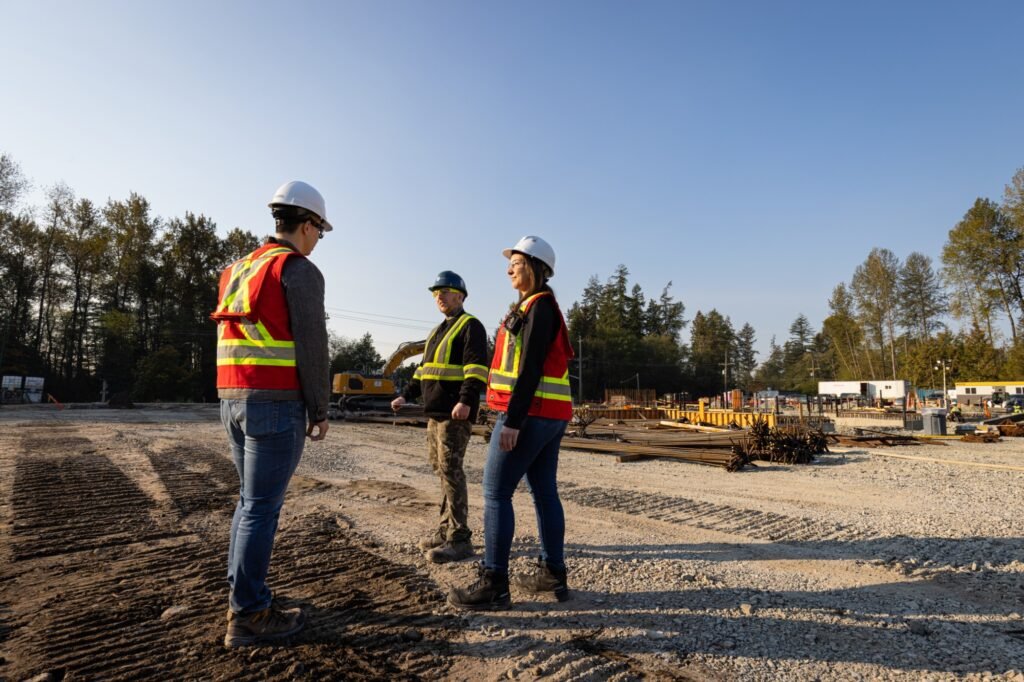E-state Nirman Nigam http://estatenirmannigam.inSchool construction involves designing and building educational facilities that support learning and the community’s needs. This comprehensive process includes several stages such as planning, design, funding, construction, and occupancy.E-state Nirman Nigam http://estatenirmannigam.in
1. Planning:E-state Nirman Nigam http://estatenirmannigam.in

Needs Assessment: The initial step involves understanding the community’s educational needs and forecasting future requirements. E-state Nirman Nigam http://estatenirmannigam.inThis may include demographic studies and projections.
Site Selection: Choosing an appropriate location for the school, considering factors such as accessibility, safety, and proximity to residential areas.
Programming: Defining E-state Nirman Nigam http://estatenirmannigam.inthe school’s educational objectives, facility requirements, and desired amenities.
2. Design:

Architectural Design: E-state Nirman Nigam http://estatenirmannigam.inIn collaboration with architects and educational planners, the design phase includes creating a blueprint that aligns with the school’s vision and educational goals.
Design Considerations: Incorporating natural lighting, ventilation, and energy-efficient systems for E-state Nirman Nigam http://estatenirmannigam.insustainable construction.
Safety and Accessibility: Ensuring the design complies with safety codes and is accessible to all students, including those with disabilities.E-state Nirman Nigam http://estatenirmannigam.in
3. Funding and Budgeting:

Budget Planning: Determining the estimated cost of construction and related expenses such as furniture,E-state Nirman Nigam http://estatenirmannigam.in technology, and landscaping.
Funding Sources: E-state Nirman Nigam http://estatenirmannigam.inIdentifying potential funding sources such as government grants, bonds, taxes, or private donations.
4. Construction:
Bidding and Contracting: Inviting bids from construction firms and selecting a contractor based on experience, cost, and reliability.E-state Nirman Nigam http://estatenirmannigam.in
Project Management: Overseeing the construction process to ensure that the project stays on schedule and within budget.

Quality Assurance: Conducting regular inspections to ensure construction meets specified quality standards.
5. Occupancy and Maintenance:
Handover: E-state Nirman Nigam http://estatenirmannigam.inOnce construction is completed, the facility is handed over to the educational institution.
Post-Occupancy Evaluation: Assessing how well the new facility meets educational needs and identifying any issues that may require adjustments.E-state Nirman Nigam http://estatenirmannigam.in

Maintenance Planning:E-state Nirman Nigam http://estatenirmannigam.in Establishing a plan for ongoing maintenance and repair to keep the school facility safe and functional.
Additional Considerations:

Community Involvement: Engaging with the community throughout the process to
gather feedback and ensure the project aligns with local values and needs.
Technology Integration: Designing facilities that accommodate modern educational technology and connectivity requirements.
Sustainability: Implementing eco-friendly practices and materials to minimize environmental impact and reduce operational costs.E-state Nirman Nigam http://estatenirmannigam.in

In conclusion, successful school construction requires careful planning, collaboration, and attention to detail. It’s essential to balance the immediate needs of the school community with long-term goals for education and sustainability.E-state Nirman Nigam http://estatenirmannigam.in

